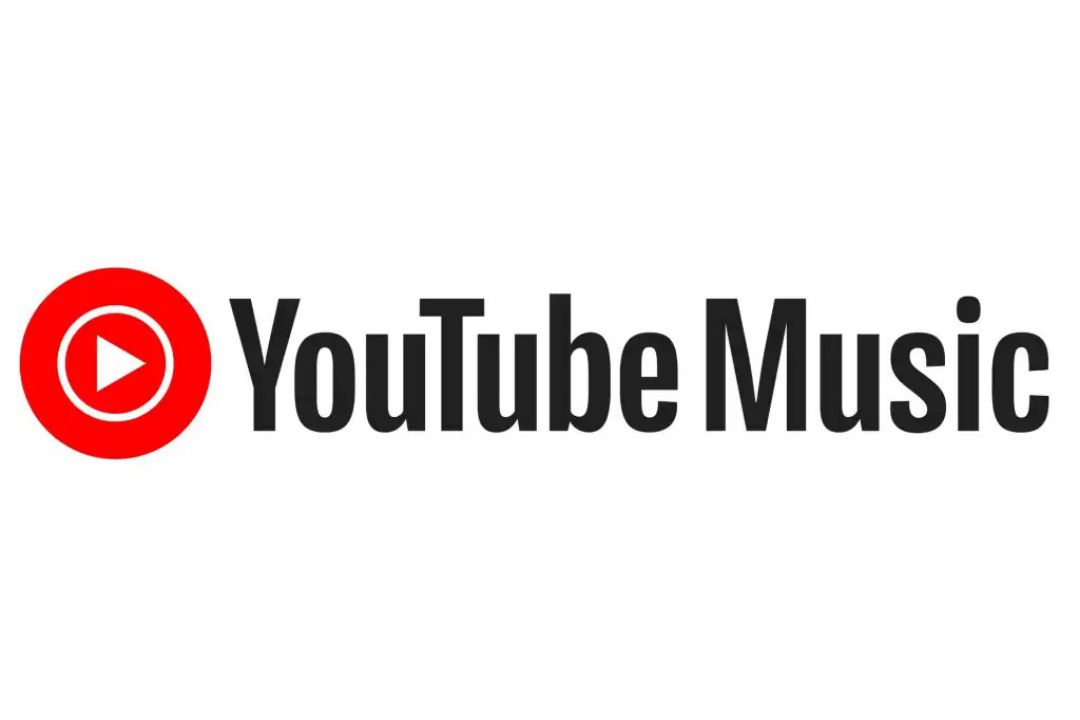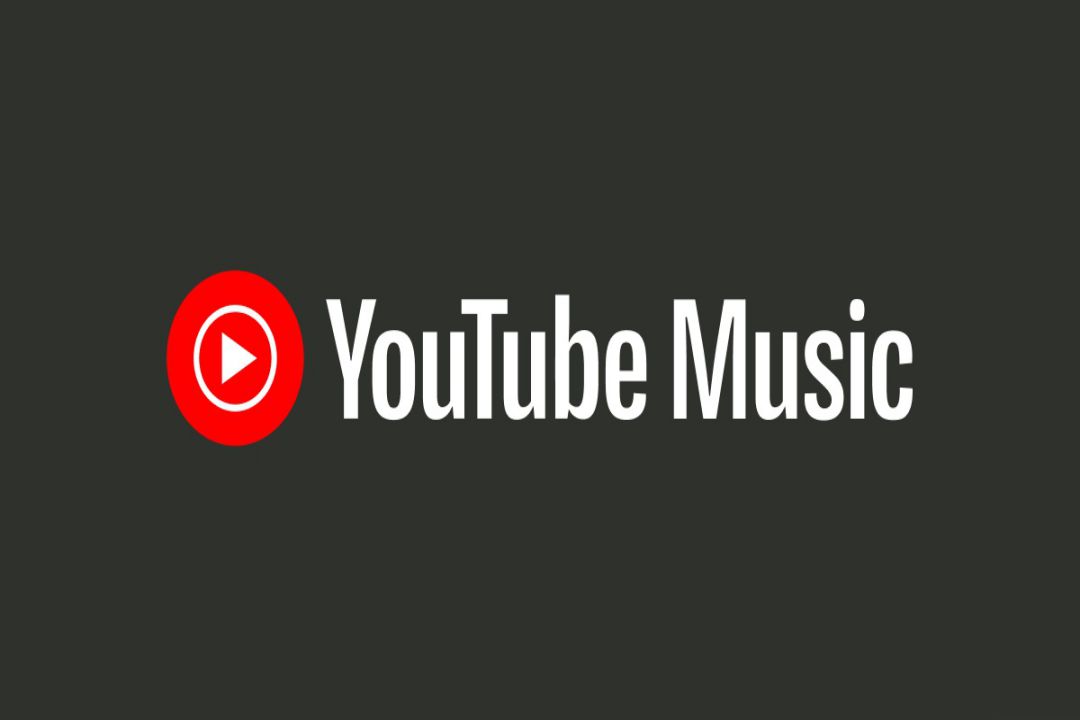OpenAI, a leading artificial intelligence company, has unveiled its latest innovation in video generation called Sora. This remarkable text-to-video model takes users’ written prompts and transforms them into immersive, lifelike scenes. With Sora, individuals can unleash their creativity and give life to their imagination through photorealistic videos.
One of the most impressive features of Sora is its ability to generate complex scenes with multiple characters, specific types of motion, and accurate details of both the subject and the background. OpenAI’s introductory blog post emphasizes that Sora goes beyond simply creating visuals; it also understands how objects exist in the physical world. This means that Sora can accurately interpret and generate props, as well as create characters that express vibrant emotions, adding a whole new level of realism to the videos it produces.
Perhaps one of the most fascinating aspects of Sora is its capability to generate videos based on a single still image. This means that users can upload a static picture, and Sora will bring it to life by animating it, adding movement to the scene, and creating a dynamic video. Additionally, Sora can also fill in missing frames in an existing video or extend its length, giving users the flexibility to manipulate and enhance their video footage. Similarly, for those who work with text, the ai text tester serves as a vital tool, ensuring the integrity and accuracy of digital content by detecting errors and suggesting improvements. This tool is essential for maintaining the quality of written materials, just as Sora enhances the quality of visual content.
OpenAI showcases the immense potential of Sora through a series of demos included in their blog post. These demos feature a diverse range of settings and scenarios, such as an aerial scene depicting California during the gold rush and a video that seemingly captures the view from inside a Tokyo train. While some of these videos may exhibit recognizable characteristics of being AI-generated, such as the presence of a floor that oddly seems to be moving in a museum video, the overall quality and realism of the videos are undeniably impressive.
Introducing Sora, our text-to-video model.
Sora can create videos of up to 60 seconds featuring highly detailed scenes, complex camera motion, and multiple characters with vibrant emotions. https://t.co/7j2JN27M3W
Prompt: “Beautiful, snowy… pic.twitter.com/ruTEWn87vf
— OpenAI (@OpenAI) February 15, 2024
Video-generation models have made significant advancements in recent years. Previously, it was text-to-image generators that dominated the field, but now, video is catching up rapidly. Competitors such as Runway and Pika have presented their own impressive text-to-video models, while Google‘s Lumiere has emerged as one of OpenAI’s primary rivals in this space. Similar to Sora, Lumiere provides users with text-to-video tools, allowing them to generate videos based on still images.
While Sora represents a groundbreaking advancement in text-to-video technology, it is currently only accessible to a select group known as “red teamers.” This group of individuals is responsible for rigorously assessing the model for potential risks and harms. However, OpenAI has also invited visual artists, designers, and filmmakers to gain access to Sora in order to gather valuable feedback and insights. OpenAI acknowledges that there may be limitations in accurately simulating the physics of complex scenes and properly interpreting cause and effect, and they are actively seeking to address these challenges and improve the model.
As with any AI-powered tool, there are potential concerns regarding the misuse of Sora and the creation of fake photorealistic videos that could be mistaken for the real thing. OpenAI has recently taken steps to address this issue by adding watermarks to their text-to-image tool, DALL-E 3. However, the company acknowledges that these watermarks are not foolproof and can easily be altered or removed.
With the introduction of Sora, OpenAI has pushed the boundaries of what is possible in text-to-video conversion. This revolutionary model opens up a new realm of creative possibilities, empowering users to bring their vision to life and create visually stunning, immersive scenes. As OpenAI continues to refine and enhance their AI models, we can expect further advancements in video generation, offering exciting opportunities for visual artists, designers, and filmmakers to explore and expand their creative endeavors.





